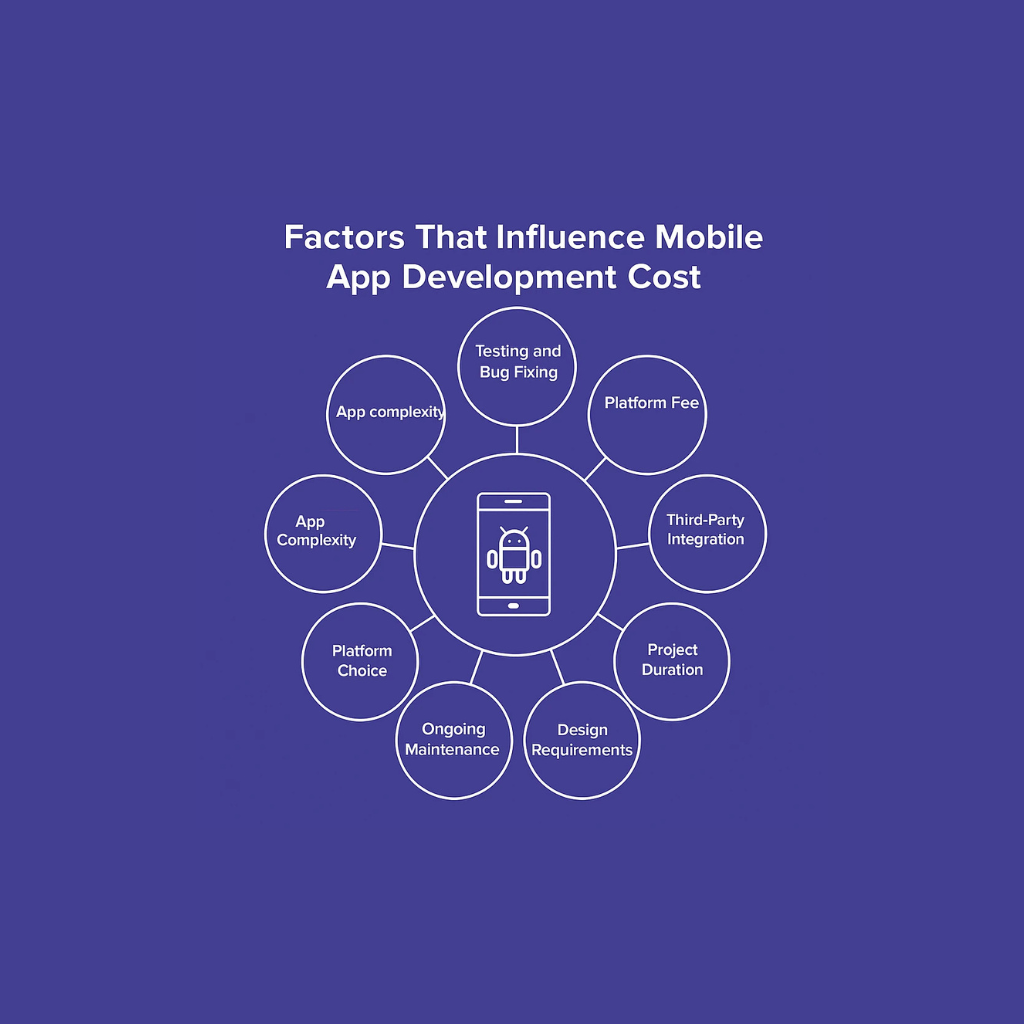In 2025, the world of mobile apps is more competitive and evolving at a rapid pace than at any time before. Among all the apps competing on the internet, very few actually make it big. While advancing and coming up with new ideas is key to success, common flaws in mobile app development often cause apps to fail. Failing to notice small details during development may result in the app not performing well, users not liking it, or it being rejected.
To do mobile app development well, you must make sure the product is solid, solves true user issues, and feels easy to use. All of the stages, from the beginning of the plan to the end, are necessary. This article covers the different errors and Common Mobile App Development Mistakes to avoid, which allowing businesses and developers to remain competitive in the crowded app market.
1. Neglecting Thorough Research and Planning
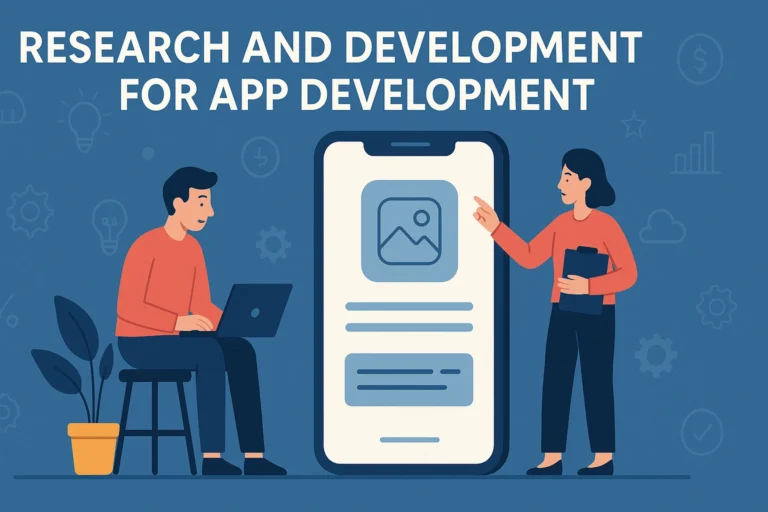
One of the most critical mobile app development mistakes is diving into development without conducting comprehensive research. No matter how brilliant an app idea may seem, skipping due diligence and market research can doom it to failure.
Understanding the target audience, analysing user demographics, evaluating competitors, and aligning the app with business objectives is vital. Whether you plan to build the app with an agency or freelance developer, investing time in a solid app development plan creates a strong foundation and enhances success probability. Validating your app idea through surveys and questionnaires helps you to define scope, avoid rework, and increase your ROI.
2. Poor Budget Management / Underestimating Costs
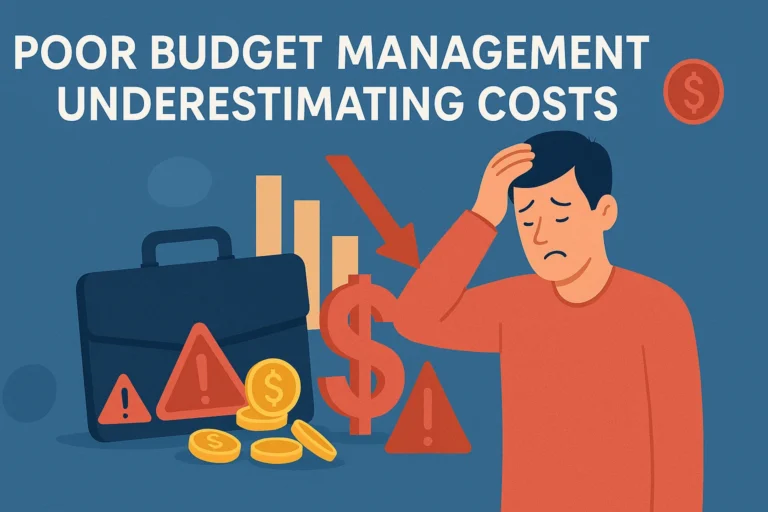
App budget mismanagement is another common mistake to avoid in mobile app development. Many projects fail because of inaccurate cost estimation, lack of financial planning, or unexpected expenses arising mid-way.
Development costs go beyond initial coding—they include design changes, feature upgrades, post-launch support, and marketing. Estimating a realistic mobile app cost using available tools helps plan efficiently. Businesses should also allocate funds for testing, analytics, and potential feature additions, especially with emerging technologies like AR or AI. Building a financial cushion is crucial to stay on track and ensure profitability.
3.Not Creating a Minimum Viable Product (MVP)
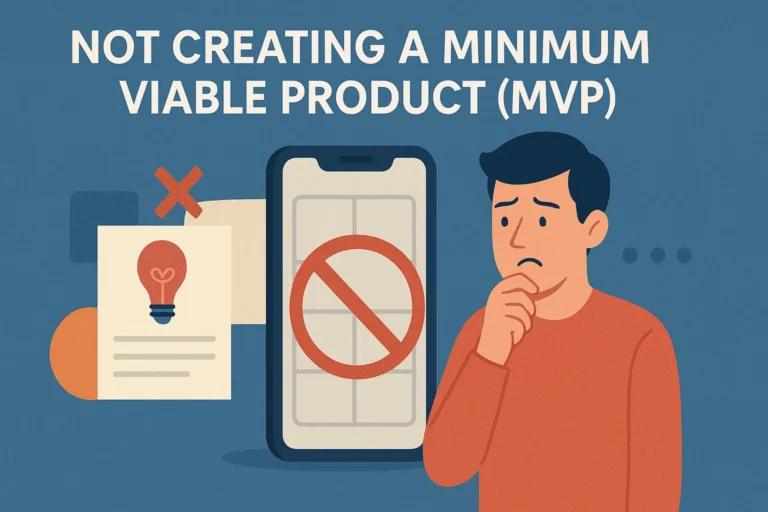
Skipping an MVP (Minimum Viable Product) stage is one of the costliest common mobile app development mistakes. MVPs offer a streamlined version of the app with only essential core features, allowing developers to test performance, gather user feedback, and make informed improvements before a full-scale launch.
Think of it like building a car: you start with the engine and wheels, not the luxury features. Creating an MVP saves development hours, minimizes risk, and helps validate your idea in real-market conditions. It is the smart way to develop apps in 2025’s agile-first era.
4.Ignoring User Experience (UX) and Building a Poor User Interface (UI)
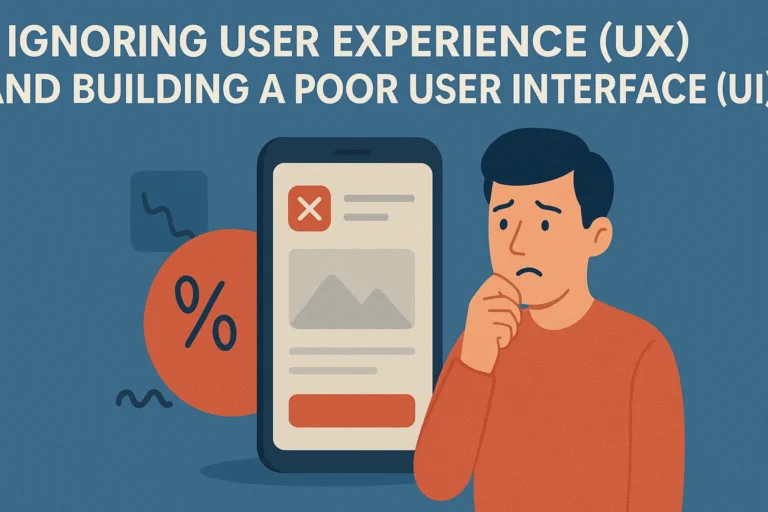
User-centric UI/UX design is non-negotiable. Apps that fail to prioritize a clean, intuitive interface often face high uninstall rates. From confusing navigation and slow loading times to cluttered layouts and poor responsiveness, bad design can drive users away in seconds.
Following design standards like Google’s Material Design and incorporating high-quality visuals and minimalistic layouts improves usability and engagement. Conduct regular usability testing and design with empathy—thinking like the end-user. A polished user experience boosts retention, conversions, and app success.
5.Skipping Thorough Testing
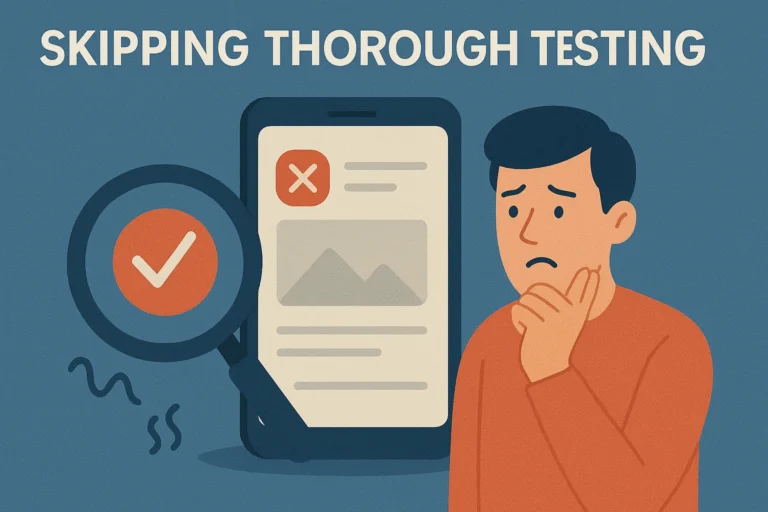
Rushing through or skipping app testing is a recipe for disaster. Bugs, crashes, and device compatibility issues can severely damage an app’s reputation. Even a minor glitch can trigger negative reviews or user abandonment.
Implementing software-testing methodologies like unit testing, UI testing, regression testing, and automated tools ensures that the app performs well across devices and platforms. Quality assurance should be continuous, with frequent updates and third party reviews to catch blind spots and refine functionality.
6.Overloading the App with Too Many Features
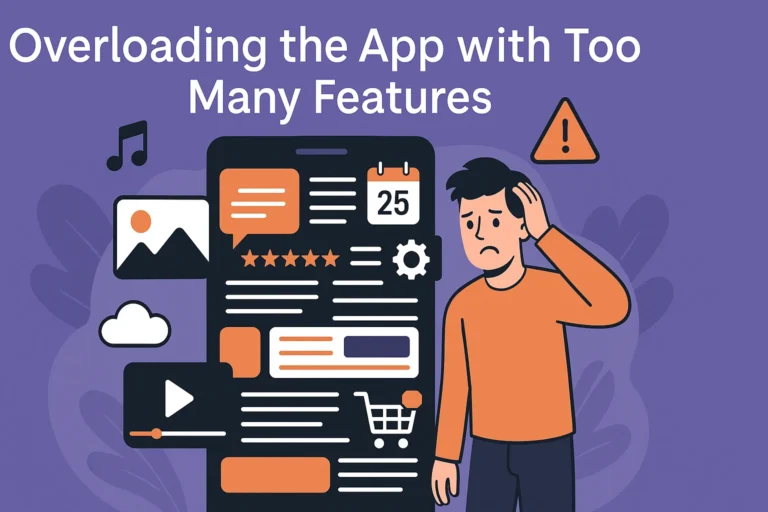
In an attempt to impress users, developers often add excessive features—this is a classic mistake in mobile app development. Overloading makes the app heavy, confusing, and slow, ultimately leading to poor app performance and lower user satisfaction.
Stick to core functionality and add only features that enhance the app’s primary purpose. Prioritize simplicity and efficiency. For instance, a fitness app should focus on tracking and workouts, not social networking. Strategic feature prioritization improves scalability and keeps development costs manageable.
7.Neglecting Cross-Platform Strategy or Trying to Do Too Much at Once
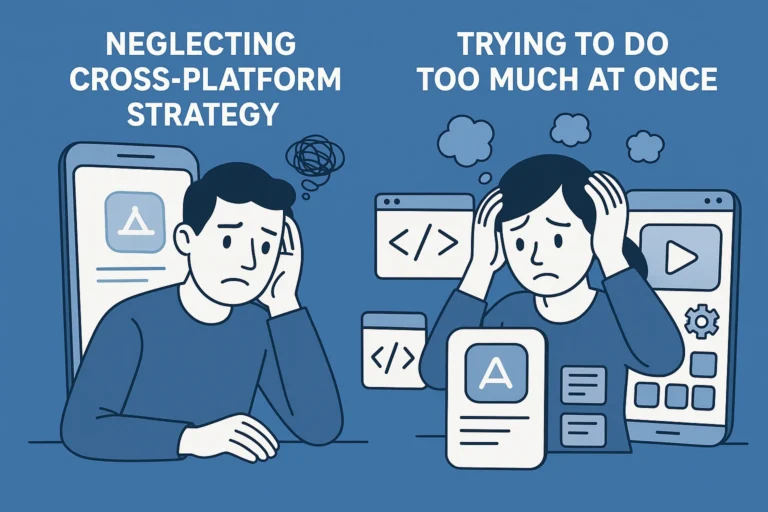
The mobile ecosystem comprises various platforms and devices. Failing to ensure cross-platform compatibility or attempting simultaneous native development for iOS and Android is a common mistake to avoid in mobile app development.
Native development for multiple platforms doubles the effort, cost, and complexity. Instead, leverage cross-platform frameworks like Flutter or React Native to build scalable, maintainable apps. Start with one platform, validate success, and expand thoughtfully. Focus on your user base, technical feasibility, and long-term maintainability when making this decision.
8.Ignoring Security Measures
In today’s digital landscape, app security is paramount. Failing to implement adequate security measures exposes sensitive user data to breaches, leading to legal troubles and reputational damage.
Encrypt user information, use secure authentication, and conduct regular security audits. Implement data protection policies and secure even offline-stored content. Trust and privacy are the cornerstones of app adoption—neglecting them is a risk no business can afford.
9.Neglecting Post-Launch Activities (Updates, Analytics, Marketing)
An app’s journey does not end at launch—it begins there. Neglecting post-launch strategy, including app updates, performance monitoring, and app marketing, is among the major mobile app development mistakes.
Regular updates fix bugs, introduce features, and ensure OS compatibility. Integrate application analytics to track user behaviour and improve retention. Platforms like Firebase, MixPanel, or Crashlytics provide deep insights. Also, invest in app store optimization (ASO) and digital marketing to boost visibility. Remember, a well-marketed app can outperform a great but hidden one.
10.Poor Team Selection and Communication
Choosing the wrong app development team or communication breakdowns can turn great ideas into failed projects. Whether it is a freelancer or agency, the team must align with your expectations, goals, and work ethic.
Vet your development partner thoroughly—check portfolios, client reviews, and their communication style. Set clear expectations, hold regular meetings, and prioritize collaboration. For white-label resellers, the development team becomes the backbone of the business, so transparency, support, and accountability are vital for success.
Conclusion
Failing to pay attention to important foundations in mobile app development can cause big issues. If companies avoid these app development mistakes, we can make our work more efficient, save money, and boost the system’s performance.
It is attention to detail, care for UX and security, and constant development that brings true success. Achieving success in 2025 will require developers to stay up-to-date with best practices and avoid these pitfalls.
For an app to be successful, it needs to align with the organization’s goals, meet users’ needs, and keep pace with ongoing changes in technology. Whether you are partnering with a mobile app development company in Gwalior or working with a mobile app development company in India, it’s essential to stay informed, be ready to adjust quickly, and continue listening to what your users say.
By avoiding these issues, your mobile app will not only survive but also thrive, shaping up to be truly successful.

